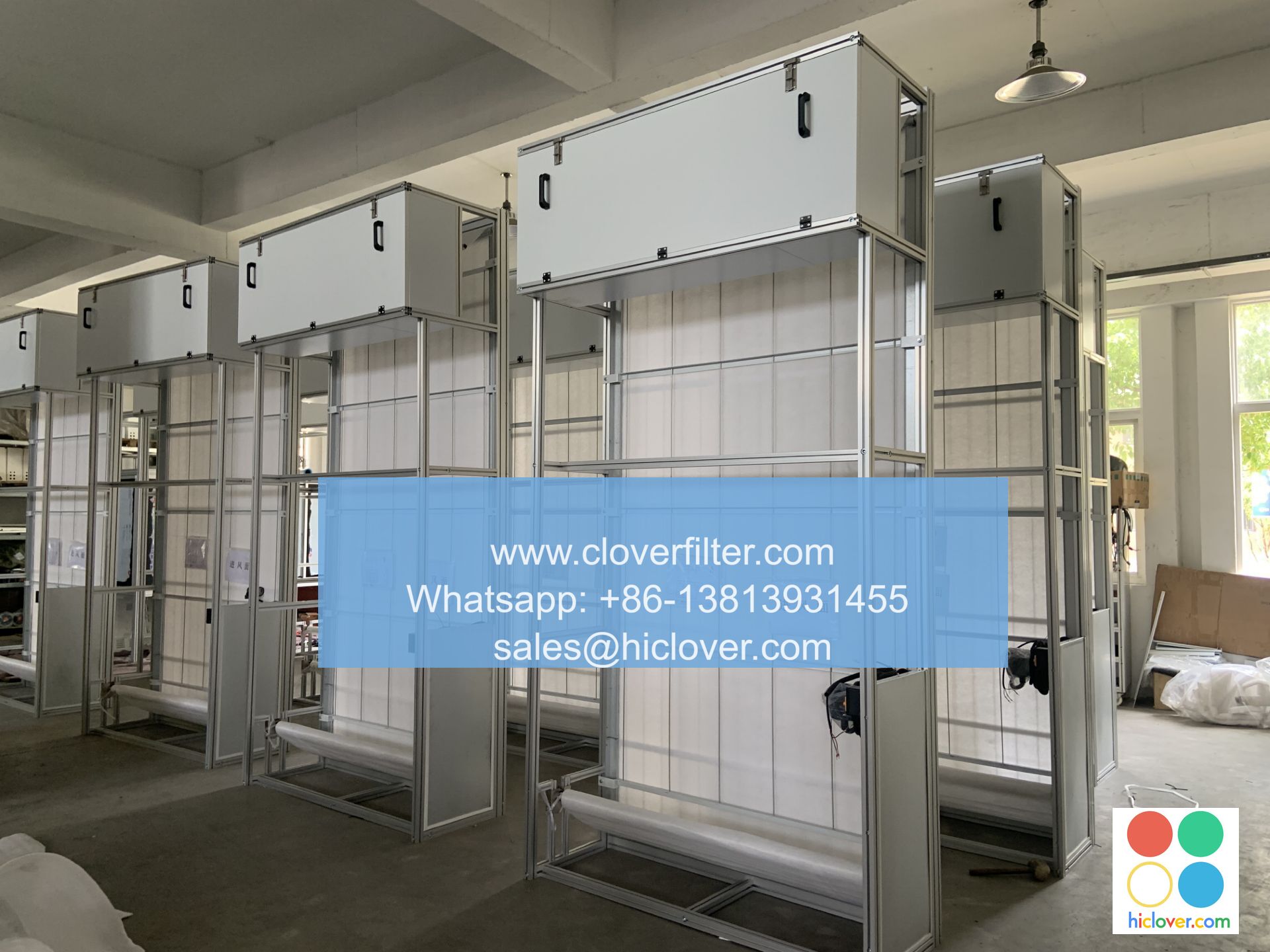Electrostatic Air Filters: How They Work and Current Trends

Electrostatic air filters are a type of air purification system that uses electrostatic charges to attract and trap dust, pollen, smoke, and other airborne particles. These filters are widely used in various industries, including indoor air quality control, heating, ventilation, and air conditioning (HVAC), and air pollution control. In this article, we will delve into the working principle of electrostatic air filters, their benefits, and current trends in the market.
Working Principle of Electrostatic Air Filters
Electrostatic air filters work by using an electrostatic charge to attract and trap airborne particles. The filter consists of a series of parallel plates or wires that are charged with a high voltage electrostatic field. As the air passes through the filter, the electrostatic field attracts and traps the airborne particles, including dust, pollen, smoke, and other contaminants. The trapped particles are then collected on the filter plates or wires, leaving the air clean and purified.
Benefits of Electrostatic Air Filters
Electrostatic air filters offer several benefits over traditional mechanical air filters. Some of the key benefits include:
* High filtration efficiency: Electrostatic air filters can capture up to 99.97% of airborne particles, including those as small as 0.3 microns.
* Low maintenance: Electrostatic air filters are easy to clean and maintain, as they can be washed and reused multiple times.
* Energy efficiency: Electrostatic air filters use less energy than traditional mechanical air filters, as they do not require a fan to push the air through the filter.
* Quiet operation: Electrostatic air filters are extremely quiet, making them ideal for use in residential and commercial applications.
Application Areas of Electrostatic Air Filters
Electrostatic air filters have a wide range of applications in various industries, including:
* Indoor air quality control: Electrostatic air filters are used to improve indoor air quality by removing airborne pollutants and allergens.
* HVAC systems: Electrostatic air filters are used in HVAC systems to improve air quality and reduce energy consumption.
* Air pollution control: Electrostatic air filters are used to control air pollution in industrial and commercial settings.
* Medical facilities: Electrostatic air filters are used in medical facilities to remove airborne pathogens and improve indoor air quality.
* Food processing: Electrostatic air filters are used in food processing facilities to remove airborne contaminants and improve product quality.
Current Trends in Electrostatic Air Filters
The market for electrostatic air filters is growing rapidly, driven by increasing demand for clean air and improved indoor air quality. Some of the current trends in the market include:
* Increased use of nanotechnology: Nanotechnology is being used to improve the filtration efficiency and effectiveness of electrostatic air filters.
* Development of new materials: New materials, such as graphene and nanofibers, are being developed to improve the performance and durability of electrostatic air filters.
* Integration with IoT technology: Electrostatic air filters are being integrated with Internet of Things (IoT) technology to improve their performance and efficiency.
* Growing demand for portable air purifiers: Portable air purifiers that use electrostatic air filters are becoming increasingly popular, as they are easy to use and can be moved from room to room.
Conclusion
Electrostatic air filters are a highly effective and efficient way to improve indoor air quality and remove airborne pollutants. With their high filtration efficiency, low maintenance, and energy efficiency, they are widely used in various industries, including indoor air quality control, HVAC systems, air pollution control, medical facilities, and food processing. The market for electrostatic air filters is growing rapidly, driven by increasing demand for clean air and improved indoor air quality. As technology continues to evolve, we can expect to see even more innovative and effective electrostatic air filters in the future. You haven’t provided a question or topic for me to address. Please provide more context or information so I can give you a helpful and accurate response. What would you like to talk about or ask?

